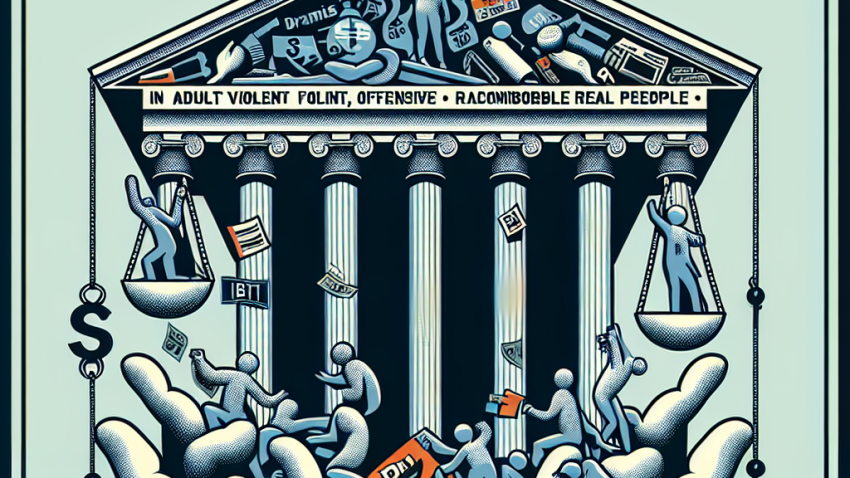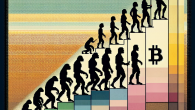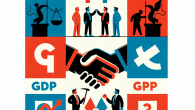
Debt Ceiling Dramas in the US: Political Theatre or Systemic Risk?
The Dollar Dilemma: How a Strong USD Impacts Emerging Markets
Ah, the US dollar—the mighty greenback. Adored by central bankers, analyzed by economists, and feared (rightfully) by emerging markets. In the symphony of global finance, the US dollar acts as both conductor and volcano. When it rises, the consequences reverberate far beyond Wall Street, rippling through Buenos Aires to Bangkok. But what exactly happens when the dollar flexes its muscles? Why does a strong USD feel like a blessing for exporters—yet a nightmare for developing economies?
Let’s unravel this monetary Gordian knot, shall we?
What Drives Dollar Strength?
Before we cross borders, let’s first examine the roots of dollar strength. The value of the USD rises due to a blend of:
- Higher interest rates, particularly when the Federal Reserve adopts a hawkish stance
- Global risk aversion, which boosts demand for safe-haven assets like US Treasury bonds
- Capital flows into US markets, driven by economic growth and investor confidence
Currently, the Fed’s sustained rate hikes—intended to combat sticky inflation (thank you, post-pandemic supply mess)—have drawn billions of dollars back into the US. That raises the greenback’s value. And when Uncle Sam sneezes, emerging markets often catch pneumonia.
The Currency Conundrum
Many emerging markets (EMs) carry substantial foreign debt denominated in USD. When the dollar strengthens, servicing that debt becomes significantly more expensive in local currency terms.
Imagine you’re running a small business in South Africa or Turkey, and your company borrowed in dollars when rates were low. Now, with the rand or lira depreciating, your debt has ballooned around your neck like a suffocating boa constrictor. Fun times, indeed.
Case in Point: The Argentine Peso Crisis
Argentina is a textbook example of how a strong USD can amplify vulnerabilities. With rampant inflation and dwindling foreign reserves, Buenos Aires has regularly struggled to meet dollar-denominated obligations. The result? Depreciations, debt defaults, IMF bailouts, and the return of “dólar blue” black market rates.
Argentine consumers end up paying more for imports, inflation spirals further, and investor confidence evaporates faster than an Andean snowflake in December.
Capital Flight and Investment Pullback
Emerging markets depend heavily on foreign capital—particularly for infrastructure, manufacturing, and R&D development. A strong USD typically corresponds with rising US yields and safer returns at home, prompting global investors to repatriate capital or redirect it to the US. This exodus triggers:
- Local currency depreciation
- Stock market sell-offs
- Rising bond yields and higher borrowing costs
For example, during past bouts of dollar surges (say, 2013’s Taper Tantrum or the 2022 Fed tightening cycle), EM countries like India and Indonesia saw dramatic outflows from equity and bond markets. Their currencies took a beating, prompting central banks to burn through reserves in a desperate attempt to stabilize forex regimes.
Down the Rabbit Hole: Inflation Risks
When EM currencies weaken against the dollar, import prices spike—particularly for essentials like oil, fertilizers, and semiconductors. This imported inflation hits consumers hard, eroding purchasing power and feeding social unrest. Countries with food or energy subsidies find fiscal deficits swelling, putting downward pressure on credit ratings.
Policy Dilemmas for Emerging Market Central Banks
Central bankers in emerging nations find themselves between a rock and an earthquake. Should they raise local interest rates to defend the currency—as Brazil and Mexico often do—but risk stifling growth? Or should they let the market adjust and focus on other macro targets?
Unfortunately, there’s no neat playbook. Many EM policymakers must pursue an unholy trinity:
- Raising interest rates to shore up the currency
- Intervening in FX markets, depleting precious reserves
- Seeking IMF or multilateral support to bolster external accounts
It’s akin to trying to hold your breath, tread water, and juggle flaming chainsaws—all at once—with sharks circling below.
A Systemic Risk Worth Watching
Emerging markets now represent over 60% of global GDP (in PPP terms), and many are deeply entwined with global supply chains. A prolonged period of dollar strength can undermine their debt sustainability, reduce investment, and trigger contagion across financial systems.
Remember the 1997 Asian Financial Crisis?
A rallying US dollar, combined with excess dollar-denominated borrowing, was among the catalysts. Countries like Thailand, South Korea, and Indonesia saw their currencies collapse, banks implode, and GDP crater—highlighting how dollar dominance can rattle the foundations of global stability.
Navigating the Challenges: What Can EMs Do?
Emerging markets that have learned from past crises often take pre-emptive measures, such as:
- Building foreign exchange reserves for rainy (or stormy) days
- Issuing more local currency-denominated debt to reduce exposure
- Enforcing capital flow management tools to limit volatility
- Strengthening central bank independence and communication strategies
Those following prudent macroeconomic policies—India, for instance—have held up relatively better during recent dollar gyrations. Meanwhile, nations with messy politics, weak fiscal frameworks, or shallow financial markets remain dangerously exposed.
The Road Ahead
Is there an end in sight to the dollar’s dominance? Possibly, though not imminent. While discussions of de-dollarization and BRICS alternatives make headlines, the greenback remains entrenched as the world’s chief reserve currency. With deep capital markets, legal protections, and unmatched liquidity—love it or hate it, the dollar isn’t relinquishing the throne any time soon.
For emerging markets, the key lies in resilience, reform, and realpolitik. Those who anticipate rather than react, build buffers, and manage debt prudently can weather the tides of dollar cycles with far less drama. Those who don’t… Well, history isn’t always kind.
Final Thoughts from Dr. Whitmore
As grandiose as it sounds, currency dominance is not just about economics—it’s about power. And power, my dear readers, seldom changes hands peacefully. As long as Washington wields the dollar, emerging markets must tread carefully, preparing not just for the boom but more importantly, for the bust.
Because in global finance, it’s never “if.” It’s “when.”
— Dr. Alistair P. Whitmore, Senior Economic Fellow, Global Strategies Institute
For further reading about our team, visit our About Us page. To get in touch, access our Contact form.









Leave a Reply